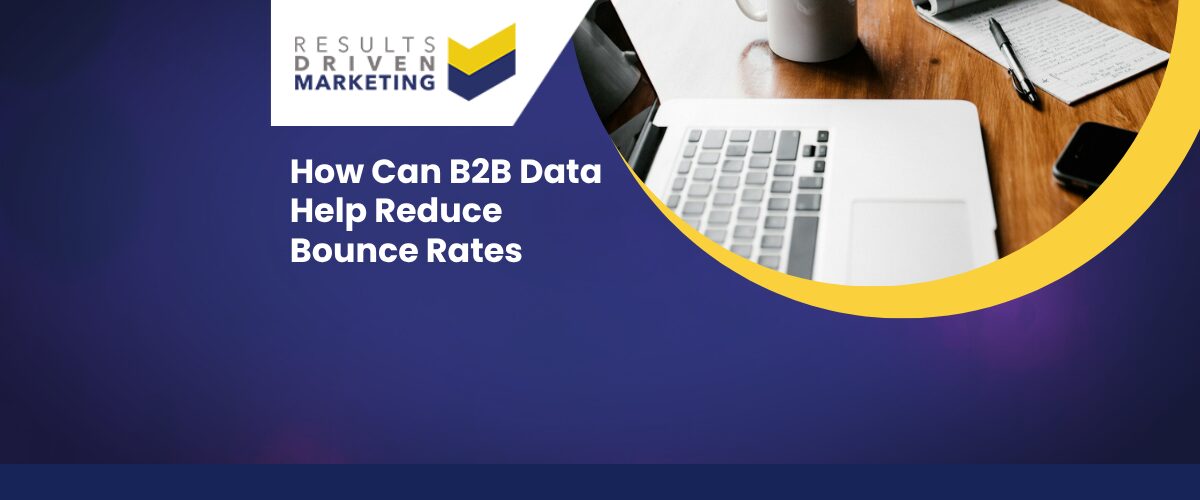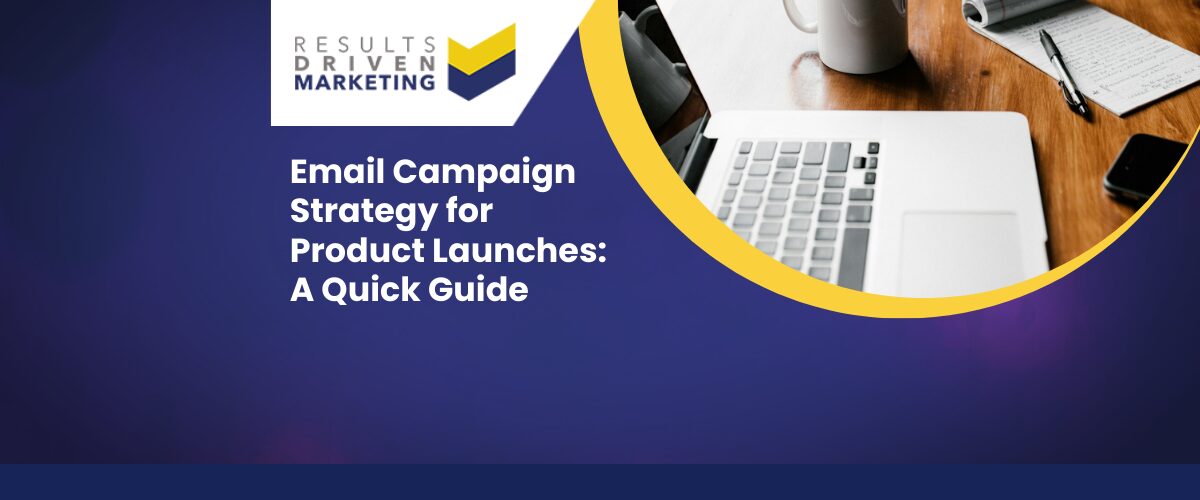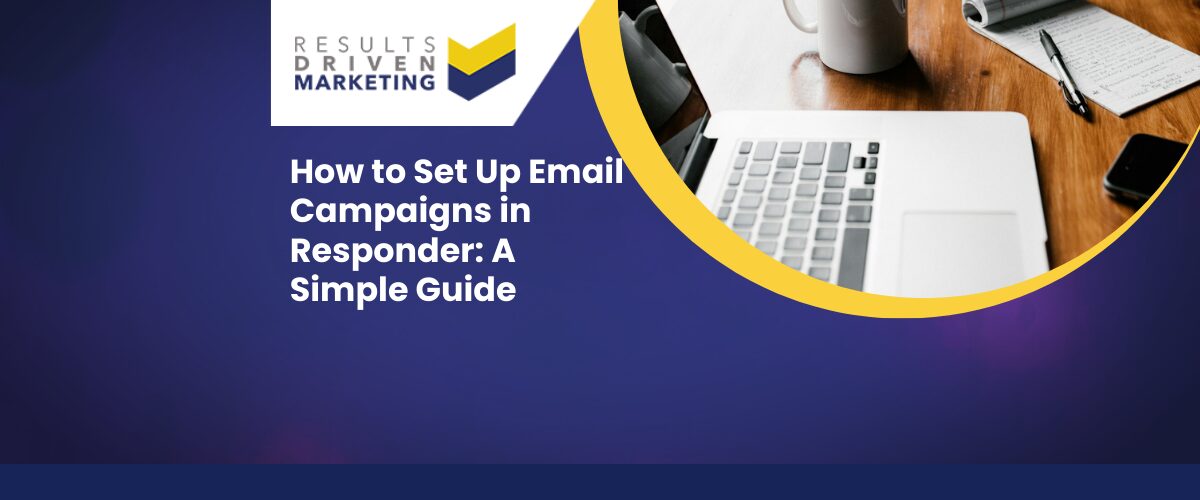
How Can B2B Data Help Reduce Bounce Rates
How can B2B data help reduce bounce rates is a question every SME marketer should be asking—especially if you’re using purchased lists for cold outreach. High bounce rates aren’t just frustrating—they damage your sender reputation, reduce inbox placement, and make future campaigns harder to deliver.
The problem usually starts with poor-quality data: outdated contacts, catch-all domains, or irrelevant roles that no longer exist. If your emails are bouncing at 5% or more, you’re burning through your list and risking being blacklisted by ISPs.
But it doesn’t have to be that way. With the right B2B data—fresh, segmented, and compliant—you can significantly lower your bounce rate, reach real decision-makers, and get more replies from every send.
In this guide, we’ll explain what bounce rates mean, what causes them, and most importantly, how to use B2B data the right way to improve email performance and keep your campaigns in the inbox.
Table of contents:
Understanding Bounce Rates & Why They Matter
Before we get into how B2B data helps reduce bounce rates, it’s worth clarifying what bounce rates are and why they matter for your campaigns.
What Is a Bounce Rate?
In email marketing, a bounce happens when your message can’t be delivered to an address. There are two main types:
-
Hard Bounces – Permanent failures (e.g. the email address no longer exists)
-
Soft Bounces – Temporary issues (e.g. full inbox, server down)
A bounce rate is the percentage of your emails that fail to reach recipients. For B2B campaigns, anything over 2–5% is a red flag.
Why Bounce Rates Hurt Campaigns
High bounce rates do more than just waste sends. They can:
-
Damage your sender reputation with email service providers (ESPs)
-
Lead to blacklisting or spam filtering
-
Reduce your inbox placement over time—even for good contacts
If you’re running regular outreach campaigns, keeping your bounce rate low is essential to long-term deliverability and ROI. Clean data is your first line of defence.
How Poor B2B Data Drives High Bounce Rates
Not all data is created equal—and in email marketing, bad data leads directly to high bounce rates. Here’s how:
Outdated or Invalid Email Addresses
Job roles change, people leave companies, and businesses shut down. If you’re working from an old or static list, you’re likely hitting:
-
Emails tied to former employees
-
Domains that no longer exist
-
Companies that have merged, rebranded, or ceased trading
These addresses bounce hard—and often.
Generic and Catch-All Addresses
Addresses like info@, sales@, or enquiries@ might seem like a safe bet, but they come with issues:
-
They often don’t accept emails from unknown senders
-
Many are monitored irregularly or routed to spam
-
They rarely lead to decision-makers
Using personalised, named contacts is always a better strategy for both engagement and deliverability.
Lack of Segmentation
When lists are too broad—covering multiple industries, company sizes, or regions—you risk sending irrelevant messages to mismatched contacts. This leads to:
-
Higher complaint rates
-
Lower engagement
-
Greater likelihood of being flagged or filtered
Properly segmented data helps ensure your message reaches the right people—and lands.
How Clean B2B Data Reduces Bounce Rates
When you use high-quality, well-maintained B2B data, bounce rates drop—and engagement rises. Here’s how clean data makes the difference:
List Validation & Regular Hygiene
A clean list starts with removing deadweight:
-
Suppress hard bounces immediately to protect your sender score
-
Monitor soft bounces—if an address keeps bouncing, remove it after a set number of attempts
-
Clean your list quarterly, especially if you’re running frequent campaigns
This proactive list hygiene helps you maintain a strong domain reputation over time.
Fresh, Role‑Based Contacts
Instead of relying on catch-all or generic addresses, clean B2B data focuses on:
-
Named contacts in key decision-making roles
-
Recently updated job titles and email addresses
-
Role-specific relevance—e.g. targeting Sales Directors or Marketing Managers directly
The result? Higher delivery, more replies, better ROI.
Segmentation by Engagement & Industry
Clean data also means segmented data. Break down your lists by:
-
Industry (to tailor your message)
-
Company size (to align your offer)
-
Past engagement (opens, clicks, replies)
Targeting the right audience with the right message drastically reduces bounces and spam complaints.
Sending Practices to Support Deliverability
Even the best B2B data needs to be paired with smart sending practices to truly reduce bounce rates and maintain inbox visibility. Here’s what to keep in mind:
Start Low and Scale Up
Don’t blast thousands of emails at once—especially from a new domain. Instead:
-
Warm up your sending IP gradually with smaller, high-quality batches
-
Monitor bounce rates closely during early sends
-
Scale volume only when engagement is steady and bounce rates stay low
Use Email Authentication (SPF, DKIM, DMARC)
Email authentication tells receiving servers that your messages are legitimate. Set up:
-
SPF (Sender Policy Framework)
-
DKIM (DomainKeys Identified Mail)
-
DMARC (Domain-based Message Authentication, Reporting and Conformance)
These protocols reduce the risk of your emails being flagged as spam or rejected outright.
Monitor Bounce Metrics and Suppression
Stay on top of your campaign health by:
-
Tracking bounce rates per send (target <5%)
-
Suppressing addresses that bounce more than once
-
Using real-time reporting to adjust your approach
These best practices, when combined with clean data, will keep your domain reputation strong and your message in the inbox.
Why Choose Results Driven Marketing
At Results Driven Marketing, we help UK SMEs reduce bounce rates and boost results through premium B2B data and expert support. If your campaigns are suffering from high bounce rates, we can help turn things around.
Here’s what makes us different:
-
Clean, Targeted B2B Data
Every list we supply is tailored to your campaign—filtered by job title, company size, industry, and region. -
Decision-Maker Focused
No generic emails. We provide real contact details for actual decision-makers to help you reach the people who matter. -
CTPS Checked & GDPR Compliant
All data is sourced responsibly and fully aligned with GDPR, helping you stay compliant and confident in your outreach. -
Expert Advice for Cold Campaigns
We don’t just deliver data—we help you use it effectively. From domain warm-up advice to suppression logic, we’ve got your back.
Ready to stop wasting time on bounced emails? Contact us for tailored lists that land.
Final Thoughts
How can B2B data help reduce bounce rates? Simply put: by ensuring your message is reaching the right people at the right time.
Poor-quality data leads to bounced emails, damaged sender reputations, and campaigns that never hit their mark. But with fresh, segmented, and compliant B2B data, you can:
-
Lower your hard bounce rate
-
Improve inbox placement
-
Engage real decision-makers
-
Protect your domain reputation
At Results Driven Marketing, we specialise in helping SMEs go from bad data to better results. Whether you’re struggling with bounce issues or want to build smarter campaigns from the start, we’re here to help.
Explore our accurate email lists or get in touch to discuss your next campaign.
Results Driven Marketing
Helping UK SMEs go from bad data to more customers and profits.
📞 0191 406 6399
📍 Cobalt Business Exchange, Newcastle
🌐 rdmarketing.co.uk





